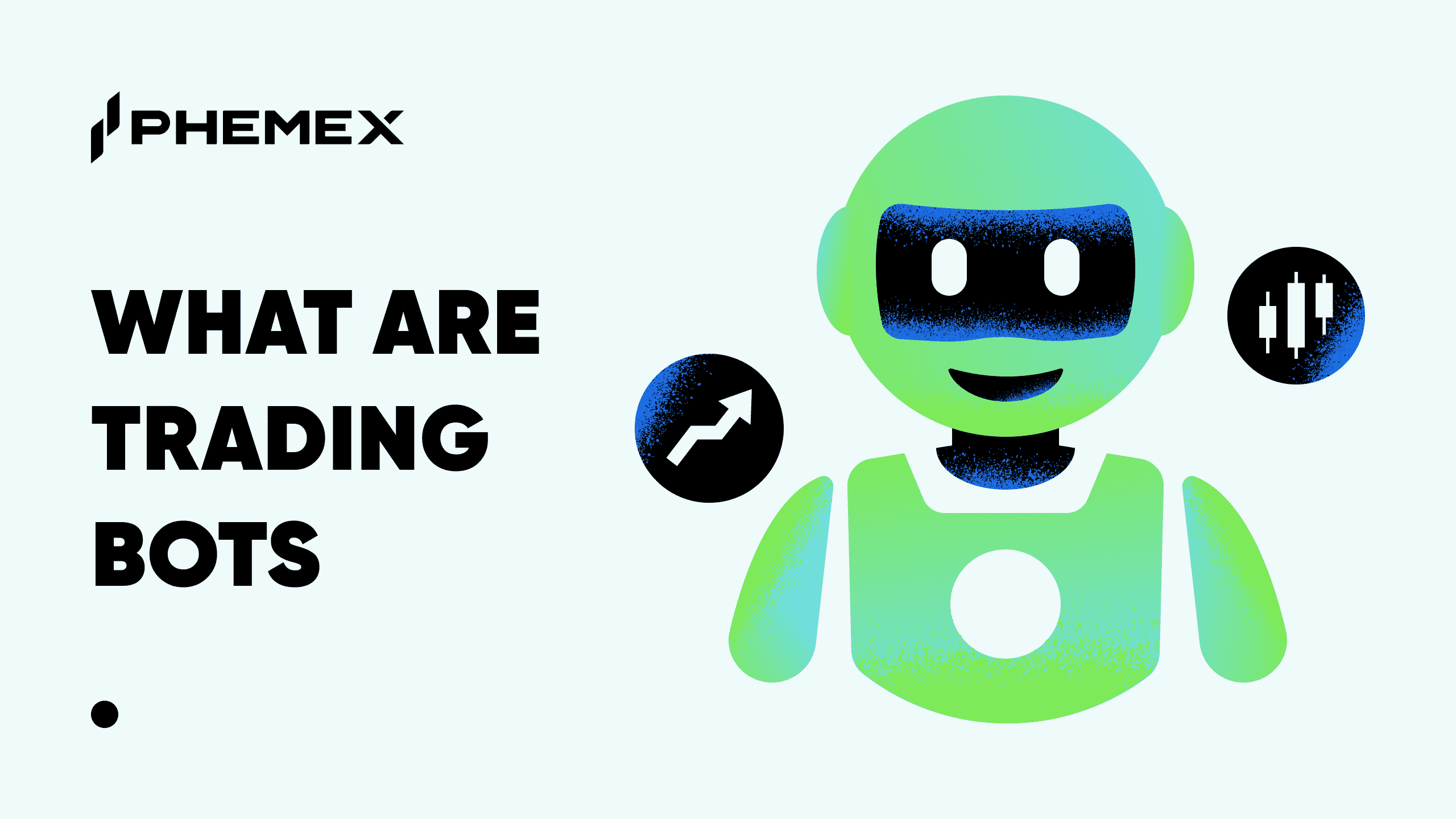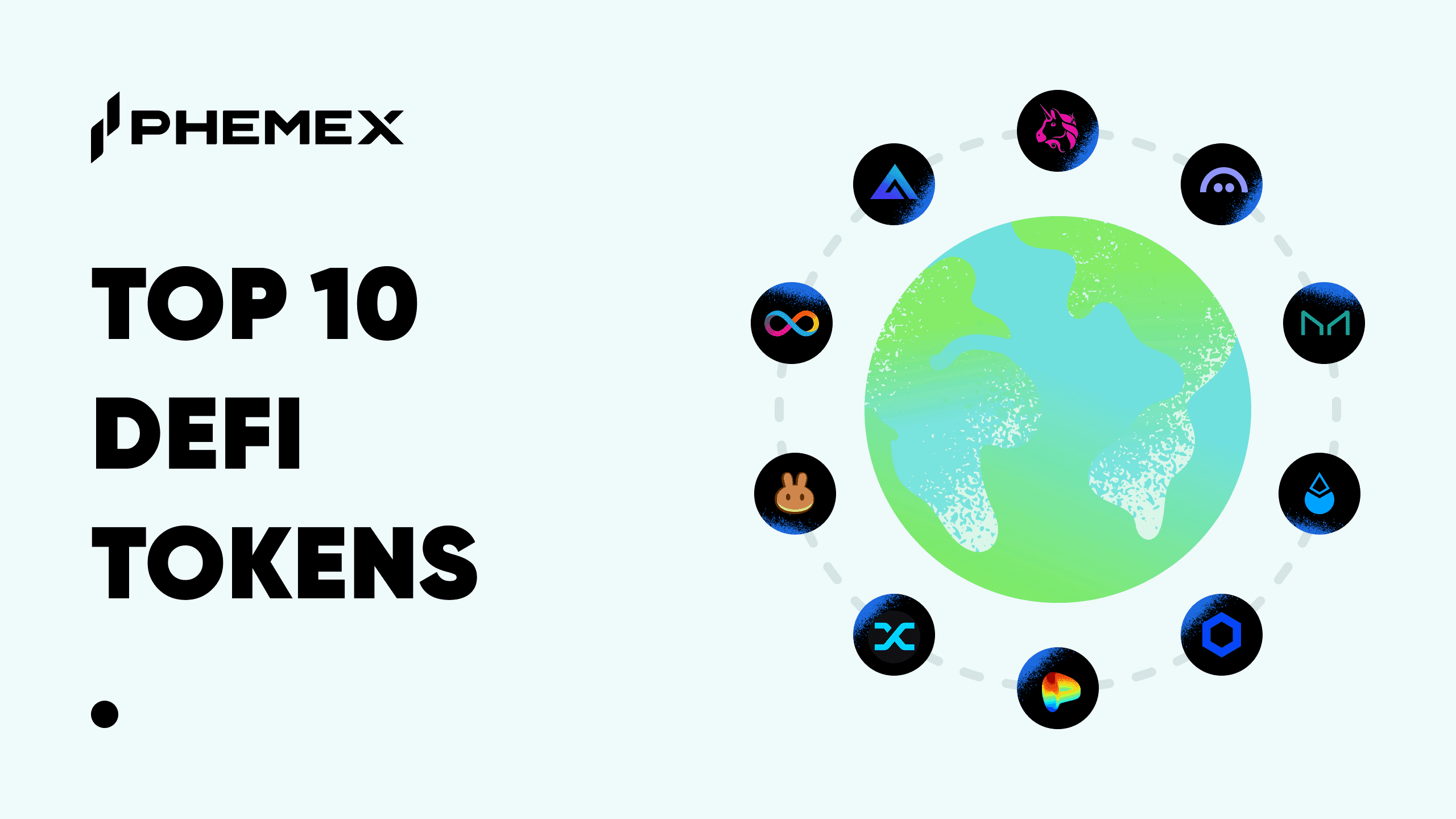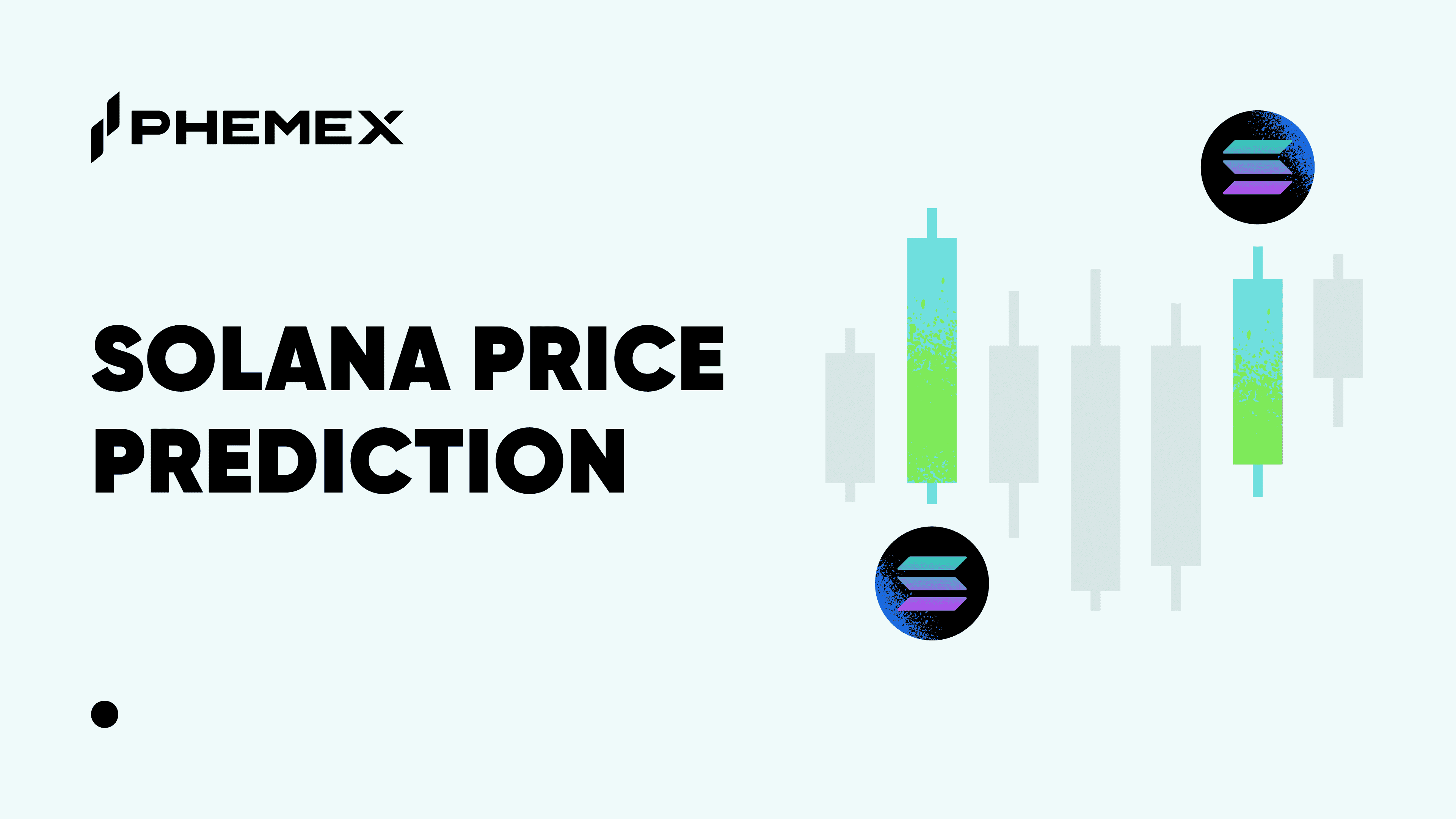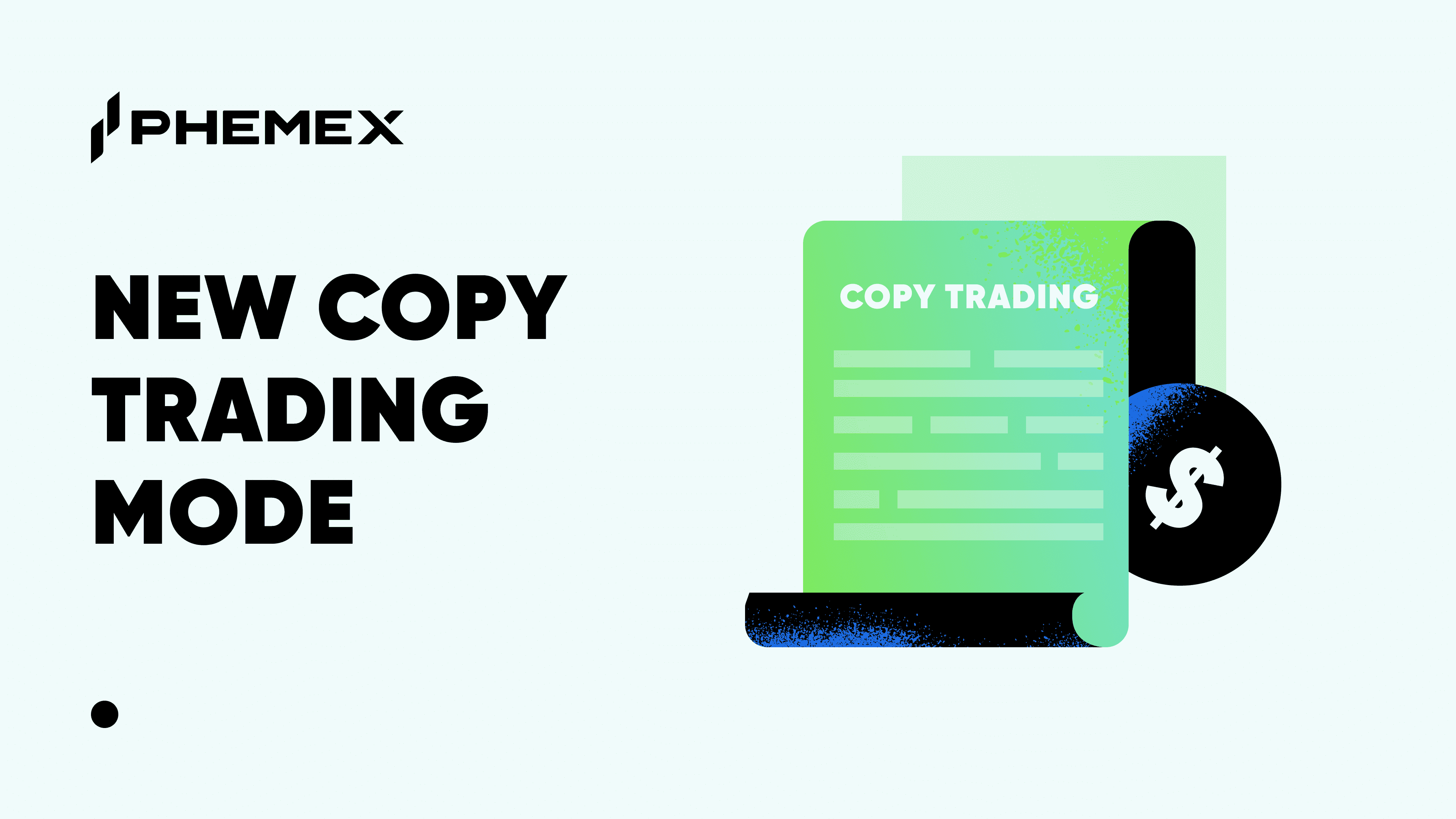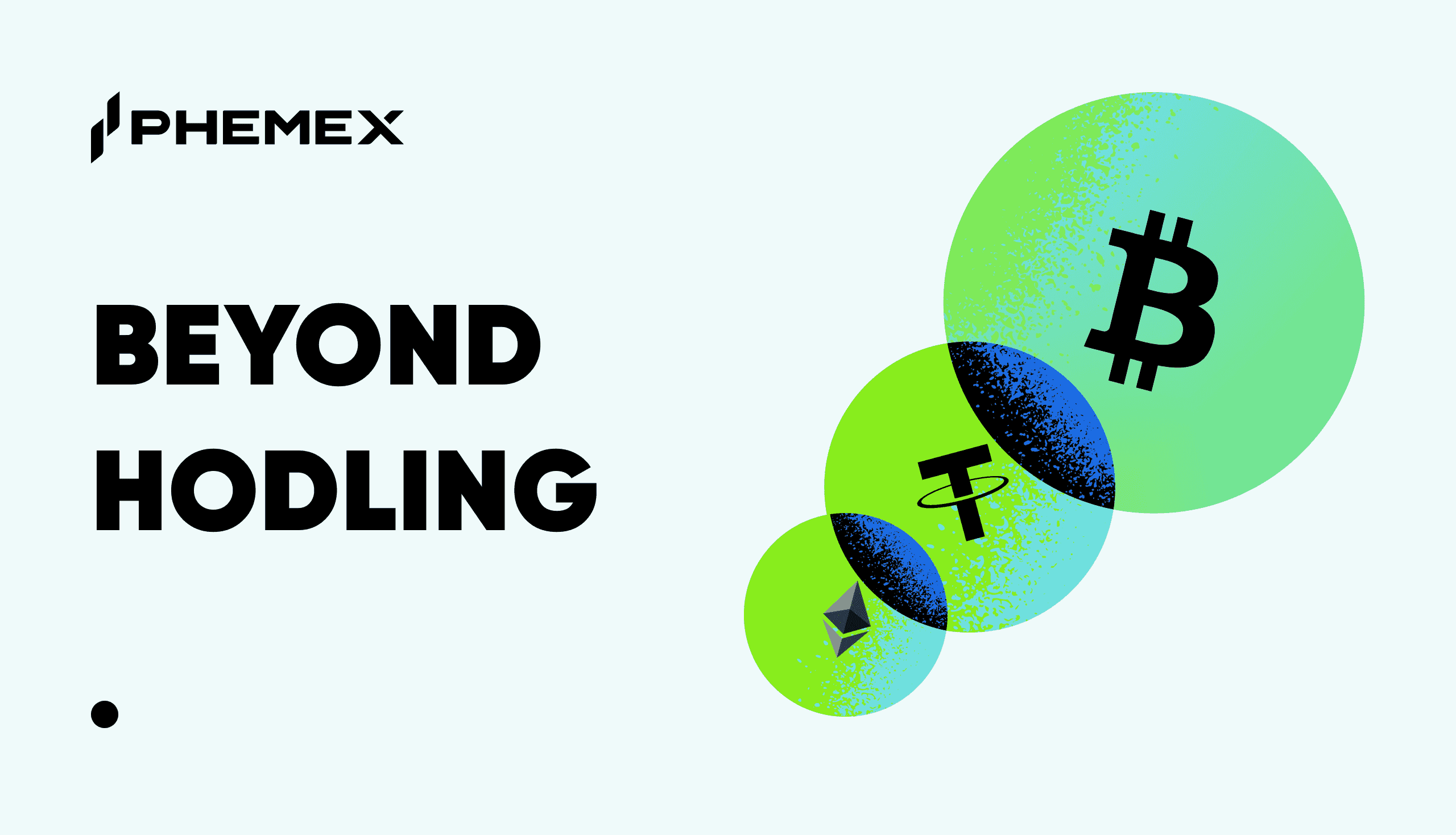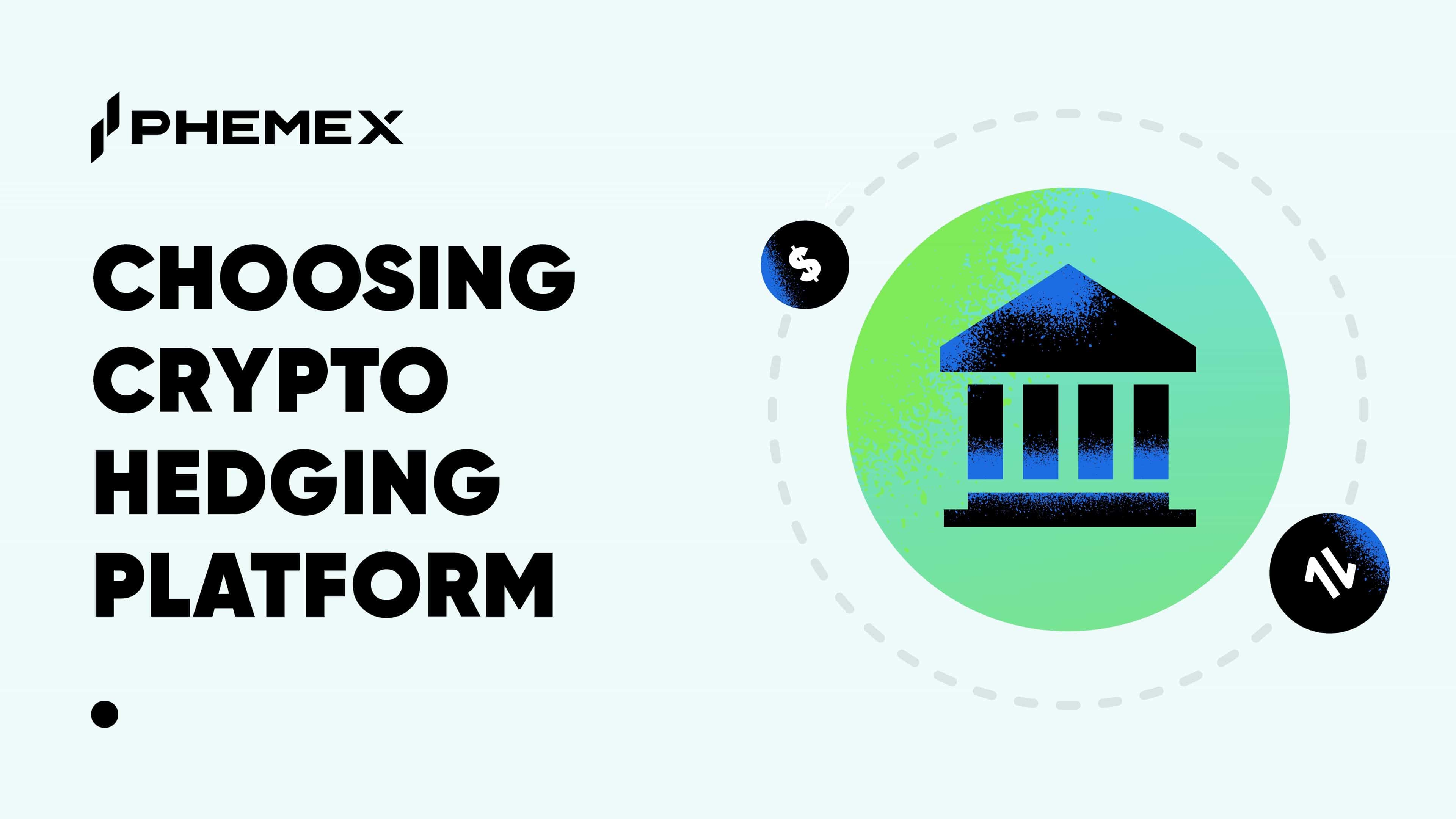The crypto world is prone to hype cycles. In the past few years, we’ve seen multiple waves of interest in various aspects of the ecosystem, from ICOs to stablecoins to Bitcoin futures. This summer was no different, as the rise of decentralized finance (DeFi) protocols captivated the attention of investors and developers alike.
But DeFi is not showing any signs of slowing down. In this article, we’ll cover key moments in DeFi Summer and discuss what’s in store for the future of this burgeoning ecosystem.

What Is DeFi Summer?
DeFi Summer is the name given to the recent boom in activity surrounding decentralized finance protocols. This growth can be seen in several ways, from the total value locked in DeFi protocols to the number of new projects being launched.
A Look Back At The DeFi Summers
DeFi Summer 2020
The concept of staking came into being when the Compound protocol released its own governance token, Compound (COMP). COMP helped usher in the liquidity mining frenzy we see today and, during that time, Yearn Finance’s native token, YFI, became the first cryptocurrency ever to surpass the price of Bitcoin.
DeFi was dangerously exposed to price manipulation as the Ethereum blockchain didn’t know the market value of the tokens based on its platform. In February 2020 a trader easily borrowed a flash loan with low liquidity in a particular Uniswap pool and dumped tokens on Uniswap, forcing the price down while a parallel trade took out a long position. The trader came out of this chain of events with $330,000 in profit.
Other decentralized applications (DApps) such as muti-token pool maker Balancer, the NFT marketplace Rarible, and others saw immense success.
Later in April 2020, hackers found and exploited a vulnerability in dForce, a well-known lending app, and stole $25 million worth of funds. In October, whizzkid Andre Cronje confirmed that he was developing a new DApp. Investors started putting in their funds even before the project was released. Hackers made most of the opportunity and exploited the unfinished code to steal the funds.
DeFi Summer 2021 (Defi Summer 2.0)
In 2021, NFTs were the most hyped of the crypto bull market (2021). Projects like CryptoPunks and BAYC took the market by storm. The total value of crypto-assets locked in DeFi applications built on the Ethereum Blockchain peaked in November 2021. Investors also joined this market out of fear of missing out (FOMO), driven by speculation and in search of yield.
On-chain metrics indicated a healthy amount of trading activity and an increasing number of new participants in DeFi and DEX protocols. Data released by Dune analytics shows that the participants in DeFi reached a record of 3,285,643 total users on August 31, 2021.

The rapid rise of layer two (L2) solutions like Loopring (LRC) and cross-chain bridges competed with networks like Solana to ensure that portfolios of all sizes could partake in DeFi ecosystem. One such example was the rapid rise of project Polygon (MATIC). This project is a layer two network that later emerged as a top-ranking blockchain in terms of total value locked (TVL). Data from DeFi Lama showed that Polygon was the fourth-ranked TVL with more than $4.93 billion locked in the network.

DeFi Summer 2022
The DeFi sector’s total value locked (TVL) in March 2022 was at $228.05 billion as per data revealed by DeFi Lama.

Similar data revealed by Dune Analytics shows that the total number of DeFi users increased throughout 2022 and in March was at a record high of 4,562,318 unique wallet addresses.
In June 2022, Uniswap noticed a surge in terms of fees paid over a seven-year rolling average. According to Crypto Fees, UniSwap accounted for a daily total of $4.98 million worth of fees overtaking the average fees from Ethereum which was at $4.58 billion. Lending protocols AAVE and Synthetix were also ranked among the top ten in terms of average fees paid.
NFT marketplaces like OpenSea and LooksRare have been the top-performing decentralized applications. So much so that some have even referred to them as the era of ‘NFT Autumn. Some of the top-ranking performers were Uniswap, Convex Finance, and PancakeSwap.
Conclusion
When DeFi Summer started in 2020, there was only $1 billion locked in DeFi protocols and that number now sits at $58.4 billion in September 2022. Additionally, the current Ethereum merge is bringing more excitement back to Ethereum and consequently to layer two protocols.
The increasing activity and interest in the DeFi ecosystem show that millions of people are using the Ethereum blockchain to build and participate in a new economic system powered by code. This sets new standards for financial access, opportunities, and trust.
As we’ve seen in DeFi history, with the end of every DeFi summer, a new era in the space begins. This is evident from the changing trends and the way projects have adapted to meet the needs of users. Even though there have been some setbacks, the overall growth of the sector has been positive. We can expect more innovation and adoption in the future of decentralized finance.





